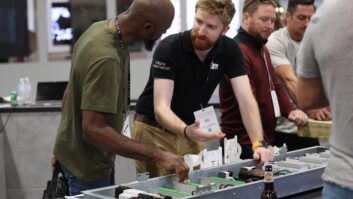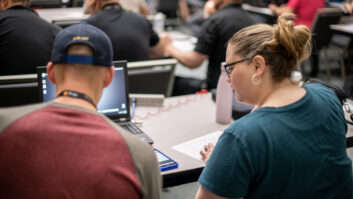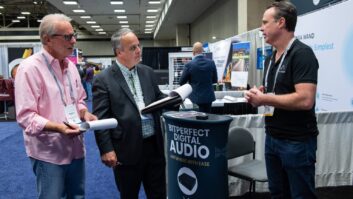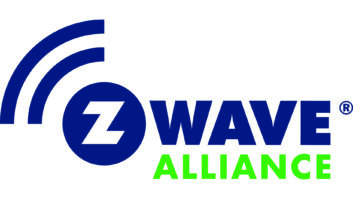New faces mingled with new networking technologies during the recent CEDIA Expo, where attendance rose by 13 percent to 19,500 despite the slow-growth economy.
The show’s ranks swelled in part from continued growth in the number of first-time attendees, including security installers and electrical contractors interested in integrating their systems with other home systems, said Expo chairman Andy Willcox. Class attendance rose about 20 percent, with some classes attracting 300-400 people, he noted.
The newcomers were also attracted by the market’s growth potential. Factory-level A/V sales through the custom channel will grow 17 percent in 2002 to $2.5 billion from $2.13 billion, according to Sony projections quoted by Jeff Goldstein, director of Sony’s new network solutions marketing group.
With growth, however, comes challenges, and the newcomers faced the increasingly difficult challenge of sorting though a growing number of networking technologies and network architectures. The new technologies included Ethernet-connected in-wall speakers, products incorporating 1394a and 1394b network technology, and a growing number of video products incorporating high-bandwidth DVI connections, some with HDCP copy-protection technology.
With custom distribution continuing to evolve, system architecture was likewise evolving. Local amplification in distributed-audio systems, for example, gained with the adoption of A-Bus technology by more suppliers, the introduction of Opus’ first distributed-audio system (at a suggested $5,500 for a four-zone version excluding speakers), and the industry’s first amplified in-wall DSP-speaker pair from Meridian. Local amplification is designed in large part to reduce the signal loss and distortion introduced when music runs over long lengths of speaker wire from a home’s central A/V system.
While some companies reinvented system design, other companies began to reinvent themselves. Adcom, for example, showed its first new products under new ownership, and Atlantic Technology moved significantly upscale with multiple custom-oriented enclosed speakers that can be used to create a 7.1-channel home theater system priced up to $17,800. The company’s current line can be used to create systems up to $5,000.
With thousands of new custom installers entering the market, said Atlantic Technology marketing manager Joel Rosenblatt, “there’s an opportunity to go upscale successfully.”
Another company reinventing itself was Austin-based NetStreams, a new company recently spun off from GE Smart. NetStreams showed new distributed-audio systems and architectural speakers and announced plans for an XM Satellite Radio tuner in January.
IP speakers: NetStreams and Sonance also held separate technology demonstrations of Ethernet-based distributed audio systems. The systems’ in-wall speakers, equipped with amplification and decoders, feature separate IP addresses, allowing for amplified speakers to be daisy-chained with CAT5 wire without home-running each speaker back to a centralized A/V systems. The systems can also be connected to Ethernet-networked PCs.
DVI & 1394: Suppliers also displayed a greater variety of products with DVI and 1394 connection technologies. Pioneer, for example, launched new Elite-series projection TVs with dual HDCP-protected DVI interfaces. One is for HD set-top boxes, the other for packaged-media playback devices such as D-VHS and standard-definition DVD players. The latter are due from Pioneer in 2003.
For its part, Marantz expanded its selection of display products with DVI inputs, adding HDCP copy-control technology for the first time. HDCP is in the new VP12S2 DLP projector.
JVC showed D-VHS machine sporting DVI and 1394a connections.
1394a to b: In 1394b developments: Texas Instruments, Greyfox, and Indigita were among the companies demonstrating support for 1394b home-network technology, which can be used for long-range transportation of digital audio and video around the house.
The short-range 1394a standard is intended to replace multiple cables between A/V components in a cluster.
During the show, TI marketing manager Cecilia Smith said her company would begin mass production in the first quarter of bilingual 1394a/b chips that will transport digital audio and video from 1394a devices over a home-wide 1394b backbone.
The hybrid chips will appear next year in commercially available wallplates and deck-of-card-size hubs. Individual 1394a components in an A/V cluster could then be plugged into the 1394a/b wallplate or a/b hub for connection to the 1394b backbone, she said.













